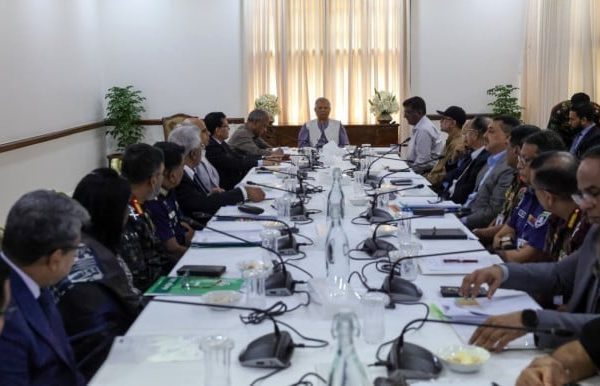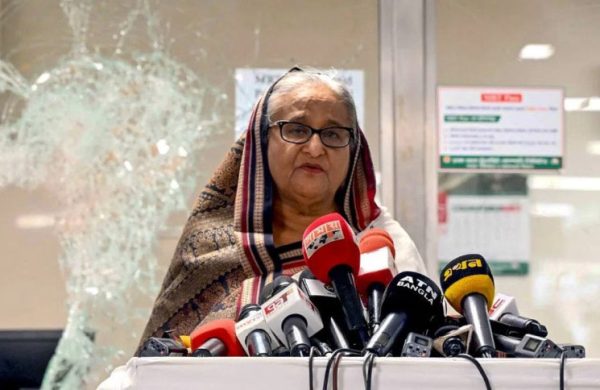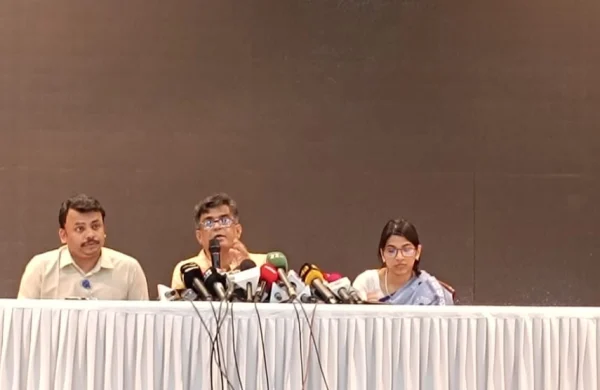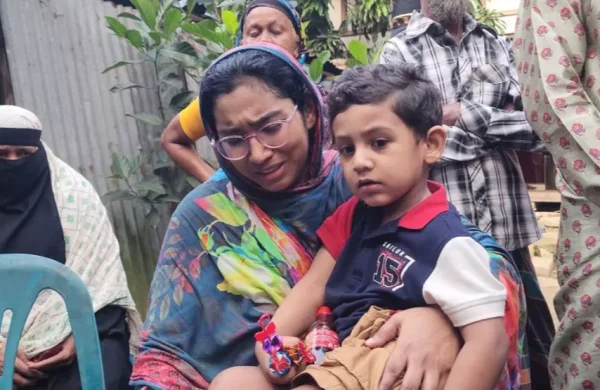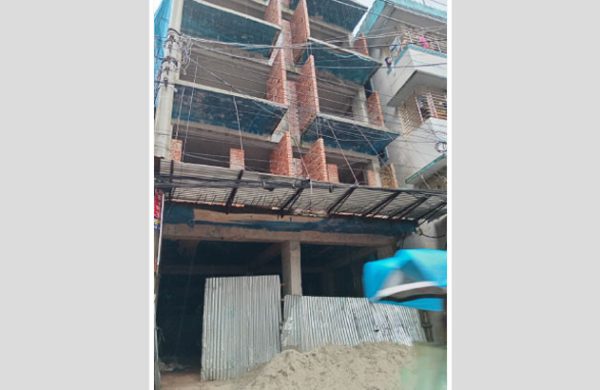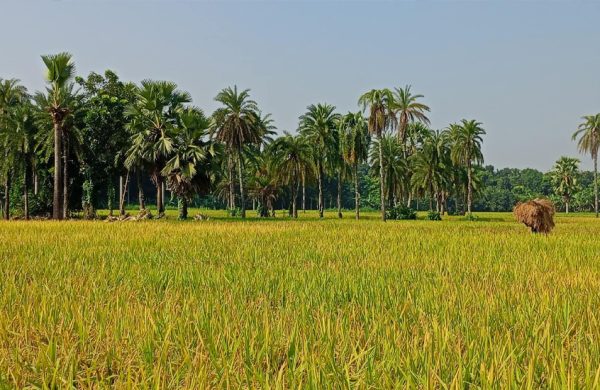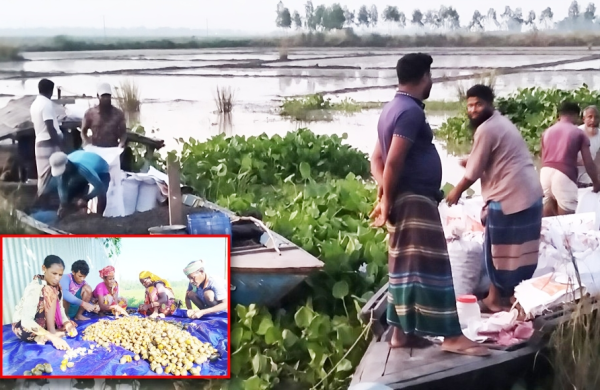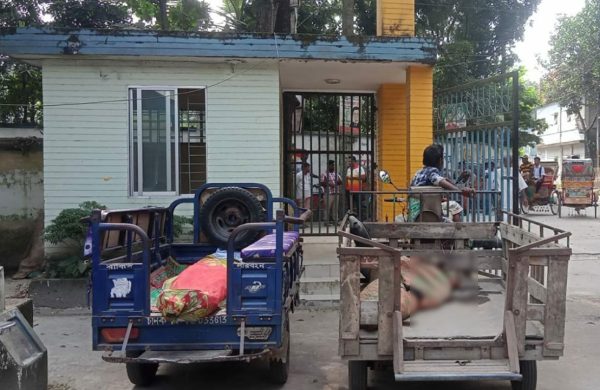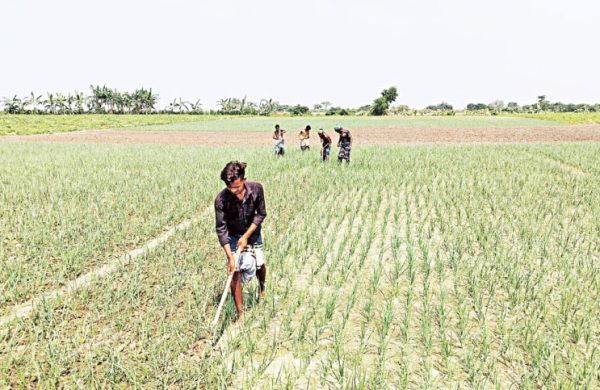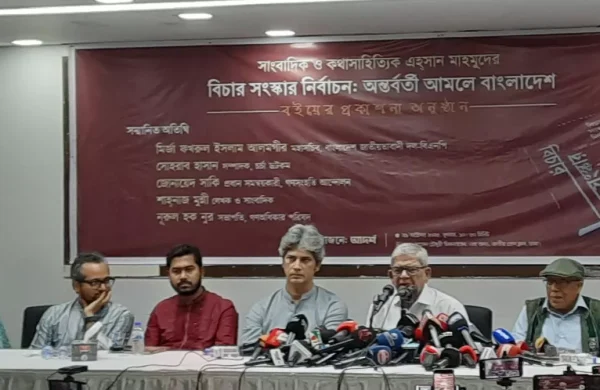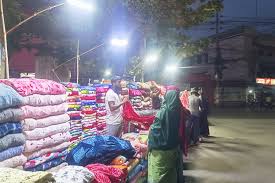Govt to build 90 cyclone shelters in 12 dists
- Update Time : Tuesday, October 28, 2025
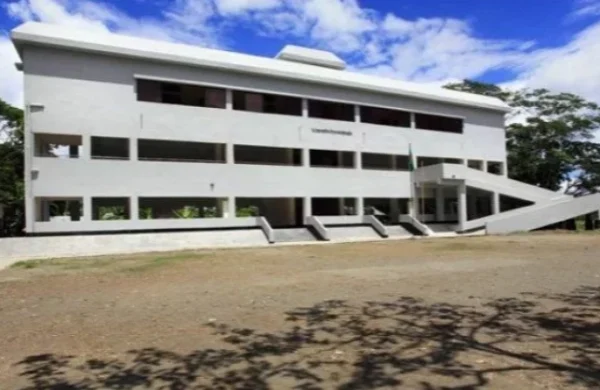
Staff Correspondent:
The government has taken a move to construct 90 three-storey cyclone shelters in 47 upazilas of 12 districts under the Khulna, Barishal, and Chattogram divisions as part of preparedness for the disaster-porne region.
Each shelter will have a total floor area of 1,272 square metres and the capacity to accommodate up to 1,000 people, providing refuge to some 90,000 vulnerable residents during emergencies.
The project titled Construction of Multi-purpose Cyclone Shelters in Coastal and Cyclone-prone Areas (Phase-III) aimed at protecting lives and livelihoods in disaster-prone coastal regions.
The project, to be implemented under the Ministry of Disaster Management and Relief at a total cost of Tk 636.09 crore, entirely funded by the government.
To be executed by the Department of Disaster Management, the project is scheduled to run from July 2025 to June 2028.
According to project documents, the new shelters will not only serve as life-saving refuges during cyclones but will also function as educational institutions during normal periods.
Each will include facilities for clean water through deep tube wells, rainwater harvesting, and renewable energy systems.
The initiative aligns with the government’s broader efforts to reduce disaster risks in one of the world’s most climate-vulnerable regions.
Bangladesh ranks ninth globally and fifth in Asia in terms of exposure to natural hazards, according to the World Risk Report 2022.
With over 35 million people living in the 17 coastal and cyclone-prone districts, ensuring resilient infrastructure remains a national priority.
Since independence, 4,653 cyclone shelters have been constructed in the coastal belt by various agencies.
Under the first and second phases of this this programme, 100 and 220 multi-purpose cyclone shelters were built respectively. The third phase continues that effort to strengthen coastal resilience.
The project’s annual expenditure has been set at Tk 98.41 crore for FY2025–26, Tk 320.74 crore for FY2026–27, and Tk 216.94 crore for FY2027–28. The budget includes Tk 530.43 crore for construction, Tk 20.92 crore for RCC roads, Tk 11.40 crore for furniture, and Tk 58.67 crore for other expenditures.
Although the project is not revenue-generating, officials noted that it will have a strong socio-economic impact by safeguarding lives, property, and livelihoods.
It is also expected to contribute to achieving several Sustainable Development Goals (SDGs), including targets resilience, disaster risk reduction, and sustainable infrastructure.
A feasibility study conducted by the Department of Disaster Resilience and Engineering (DRE) at Patuakhali Science and Technology University confirmed the viability of the project.
Planning Commission officials said that once implemented, the project will significantly enhance community preparedness and institutional capacity for disaster management, while improving the living standards of vulnerable coastal populations through risk reduction and rural employment generation.
Bangladesh is highly susceptible to natural disasters and the effects of climate change. Annually, the country faces numerous calamities such as cyclones, floods, droughts, and tidal surges, leading to significant loss of property, livelihoods, and lives.
Following the disastrous flood of 1988 and the destructive cyclone of 1991, Bangladesh shifted its strategy from a “reactive humanitarian response” to a more “proactive risk management” approach, focusing on preventing disasters before they strike. Today, Bangladesh stands as one of the leading examples globally for its remarkable progress and innovation in disaster management.


